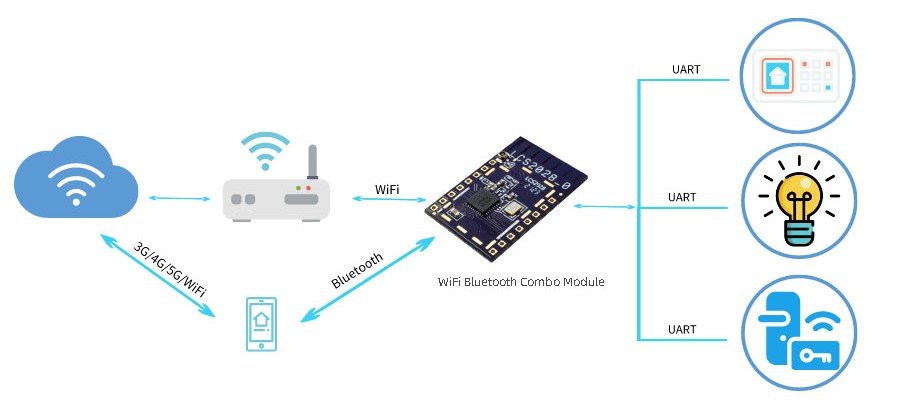- English
- Español
- Português
- русский
- Français
- 日本語
- Deutsch
- tiếng Việt
- Italiano
- Nederlands
- ภาษาไทย
- Polski
- 한국어
- Svenska
- magyar
- Malay
- বাংলা ভাষার
- Dansk
- Suomi
- हिन्दी
- Pilipino
- Türkçe
- Gaeilge
- العربية
- Indonesia
- Norsk
- تمل
- český
- ελληνικά
- український
- Javanese
- فارسی
- தமிழ்
- తెలుగు
- नेपाली
- Burmese
- български
- ລາວ
- Latine
- Қазақша
- Euskal
- Azərbaycan
- Slovenský jazyk
- Македонски
- Lietuvos
- Eesti Keel
- Română
- Slovenski
- मराठी
- Srpski језик
Modular design becomes more popular in electronic design
Modern electronic product design have become far more complex than in the past. In addition to the rise of the Internet of Things (IoT) and the Industrial Internet of Things (IIoT), consumer expectations for the utility, functionality and compatibility of modern electronics are higher than ever. As a result, to remain competitive, designers are forced to add more functionality and more circuitry into a smaller space, while spending significantly less time developing and prototyping.
Gone are the days when a small design team could solve all the circuit problems in a design and produce a truly unique custom product. In highly competitive markets and applications, it is now necessary to use commercial off-the-shelf (COTS) components in as many parts of the circuit as possible to reduce design time. With this in mind, many chip vendors and even new companies are designing and producing modules designed to provide complete plug-and-play solutions for specific functions.

Figure 1 Wi-Fi and Bluetooth combination modules have now become mainstream in IoT and other communication designs. Source: Skylab
For example, it is now relatively easy to quickly search and find a long list of modules for Bluetooth, Zigbee, Wi-Fi, and other wireless communications and sensing applications. As a result, design teams no longer have to deal with the challenge of learning wireless standards; they only need to learn how to program the module and interface to the central processing hardware.
Additionally, many modules are pre-certified for certain standards, eliminating the tedious step of certifying products to specific standards. However, EMC certification must still be applied for, and it is usually recommended that the final product be thoroughly tested to ensure that it operates within the standard limits.
Simply put, now more than ever it’s important to focus on modular design. Designing circuits to be modular enables design teams to use internally generated IP rather than having to find that IP elsewhere. Typically, a modular design approach is more complex and time-consuming upfront. But when modular circuits are integrated into a product, they can save a lot of back-end time.
Finally, the types of system-on-chip (SoC) and multi-chip modules (MCM) products are also increasing, and the integrated functions are becoming more and more abundant. Although dealing with an SoC/MCM in a design can be a daunting task, it will be worth it in the long run if the design can be significantly simplified from an external circuitry perspective. Many SoCs now also come with simulation tools to help design modules and other downstream functions.
Send Inquiry
-
Delivery Service






-
Payment Options









